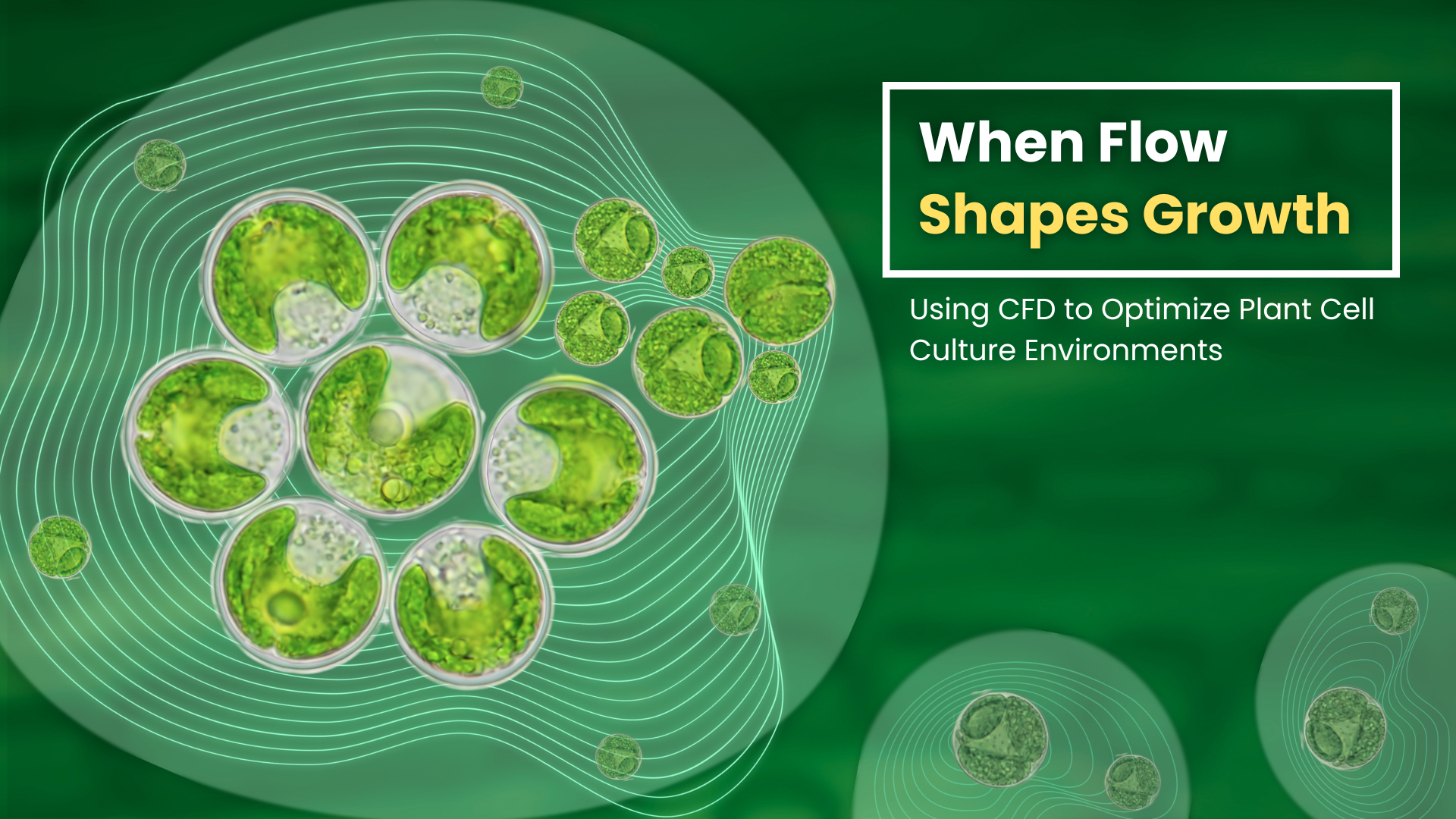
Electric-assisted deforming of materials, both metallic and non-metallic are gaining a lot of attention these days. This phenomenon of deforming is known as the electroplastic effect.
But the science behind this phenomenon lacks understanding among researchers. Lots of efforts are being made to understand the phenomenon of electroplasticity.
Generally it was thought that a concept known as Joule heating could explain electroplasticity. Joule heating is the process by which heat is produced when an electric current is passed through a conductor. But this explanation is not sufficient.
Various theories have been proposed, including an electron-dislocation interaction phenomenon and a magnetic depinning effect. Although these phenomena are effective in explaining electroplasticity, they are not enough.
Thus the phenomenon of electroplasticity was attributed to two components, namely:
1. Rate dependent or thermal components
2. Rate independent or athermal components
The following characteristics were noted during electric-assisted deforming:
1. An instantaneous stress drop during the application of current density
2. Recovery of the hardening behaviour during the removal of electric current
3. Long-range thermal softening

Mr. Jai Tiwari 
Mr. Vikram Balaji 
Prof. Hariharan Krishnaswamy 
Prof. Murugaiyan Amirthalingam
Only few attempts have been made to utilize finite element (FE) software to study the phenomenon of electroplasticity. In this study, conducted by Mr. Jai Tiwari, Mr. Vikram Balaji, and Prof. Hariharan Krishnaswamy from the Department of Mechanical Engineering, Indian Institute of Technology Madras, Chennai, India, and Prof. Murugaiyan Amirthalingam from the Department of Metallurgical and Materials Engineering, Indian Institute of Technology Madras, Chennai, India, the finite element software ABAQUS was used to model the electric-assisted deformation phenomenon. A dislocation density based constitutive model accounting the electroplastic effect was implemented as a user defined material subroutine (UMAT) in the finite element software.
Two modes of electric current were used in this study:
1. Continuous current application
2. Pulsed current application
The findings of this study proved that it was useful to model the electroplastic phenomenon as the superposition of rate dependent and rate independent components of flow stress evolution. The dislocation density based model was found to be best suited for the given approach.
Continuous current application was found to be simpler compared to pulsed current application. However, experiments aimed to understand the mechanism of electroplasticity should ensure constant current density throughout the deformation. The various characteristics of electric assisted deformation phenomena were simulated successfully along with the experimental data.
Prof. Heung Nam Han from Seoul National University, who is a renowned expert in the field of electroplasticity, appreciated the efforts of the authors of this paper by giving the following comments: “Since the 1960’s, the electroplastic phenomenon has been demonstrated by remarkably increasing the elongation when deformed under an electric current without a large temperature rise due to Joule heating. In a recently published paper by H. Krishnaswamy’s group, a predictive model for electrically assisted deformation processes was developed based on a fully coupled thermal and dislocation density-based constitutive model. Since there is no consensus on the exact mechanism of electroplasticity, they have adopted the electroplastic effect macroscopically by decomposing the flow stress into thermal and athermal components. The innovative progress by the authors can be applied to the various kinetic enhancement phenomena due to the electric current as well as dislocation density reduction. As a result, this article will be expected to contribute to the development of various current-assisted manufacturing techniques and to elucidate the origin of electroplasticity.”
Article by Akshay Anantharaman
Here is the original link to the paper:
https://www.sciencedirect.com/science/article/abs/pii/S0020740322003381










